HS Scar Prevention Secrets That Really Work
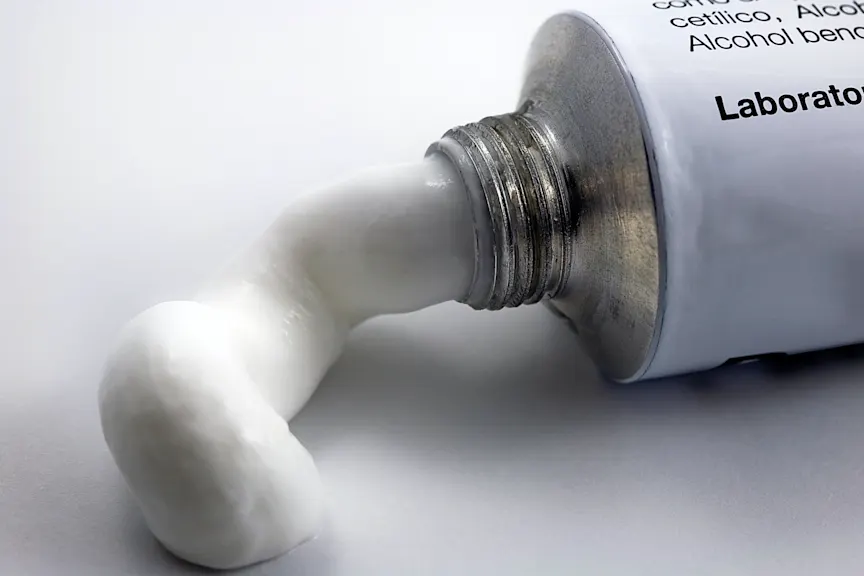
If you’re proneto hidradenitis suppurativa (HS), you’re bound to flare up from time to time. We won’t sugarcoat it; while there are many options to get better control of your HS, it can often be stubborn and persistent. Even with disease improvement, scars can be part of the aftermath. And studies have shown that it’s not just a physical issue; HS can lead to emotional scars—from depression to lack of self-confidence. To prevent, minimize, and correct your HS scars, check out these expert tips.
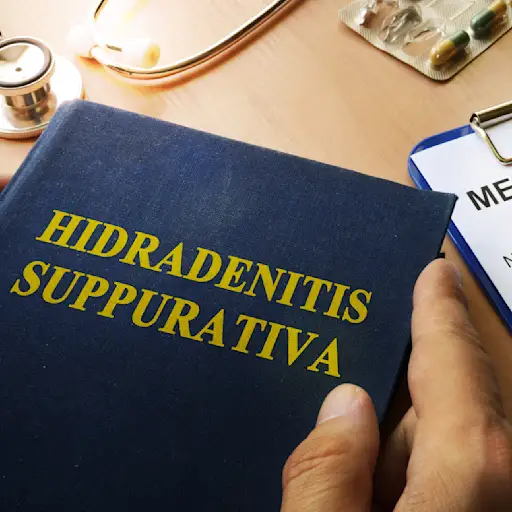
Know Where HS Scars Come From
Scars can form any time there is an injury to the skin. Ironically, HS lesions aren’t technically injuries, at least in the way we usually think about them. There’s no outside force causing the damage. That said, “The intense inflammatory environment that leads to the acne- or boil-like papules and nodules causes significant injury to the skin,” says Adam Friedman, M.D., professor of dermatology at George Washington University in Washington, D.C. And the inflammation doesn’t quit after the lesion has opened and drained. That makes it tough for it to heal, causing unique scars to form.
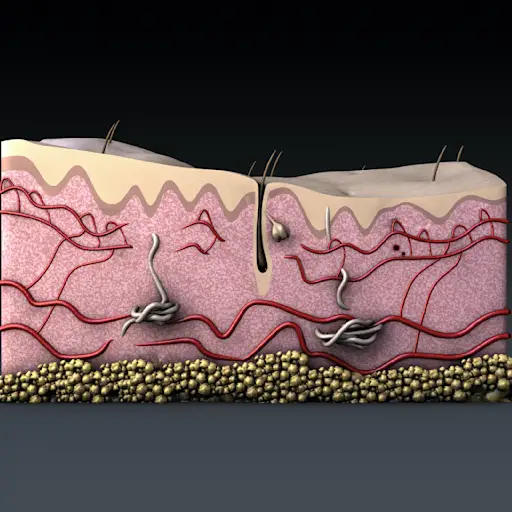
Identify Your Type
HS scars can look different from person to person, and the type you’ll get often depends on how mild or severe your disease is, says Pooja Sodha, M.D., director of laser and cosmetic dermatology at George Washington University in Washington, D.C. They may be hyperpigmented (dark in color), hypopigmented (lighter), atrophic (indented), hypertrophic (thick and raised), erythematous (pink or red), or made up of tracts, she says. With the latter, scar tissue forms around the tracts (pus-filled tunnels under the skin), causing the skin at the surface to retract and bunch.
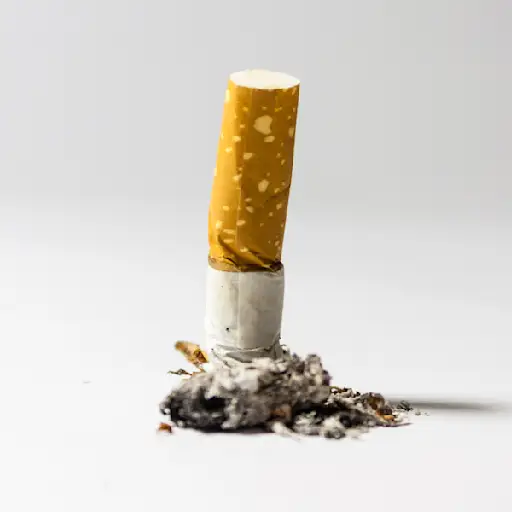
Get a Handle on Your HS
Controlling the inflammation that causes HS to rear its ugly head in the first place is key for preventing scarring. “We need to catch these patients early and curtail the chronic inflammation to prevent the deforming, disabling, and sometimes movement-restricting scars,” says Dr. Friedman. It can take up to a decade for some people to be diagnosed. “Unacceptable,” he says. HS treatments include antibacterial cleansers, oral or injectable medications, and even lifestyle changes such as exercise, diet changes, and quitting smoking. Laser hair removal instead of shaving, waxing, and plucking can also help minimize HS-triggering inflammation, too.
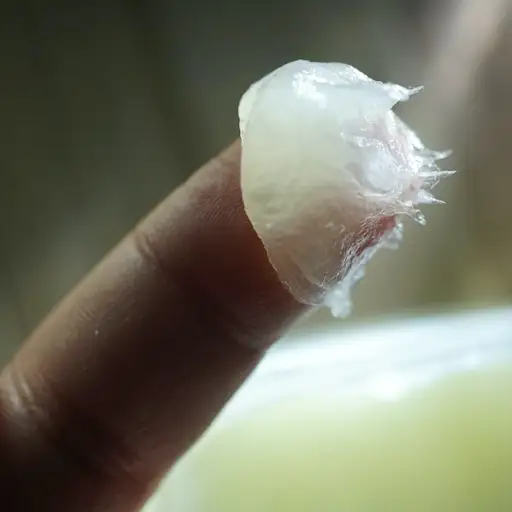
Give Existing Scars the Rub
When a scar has already formed, a gentle massage with an ointment such as petroleum jelly to reduce friction on the skin—read on for creams that can fade scars—can minimize the appearance and decrease the height of raised scars, says Dr. Sodha. Go over the scar with circular motions for no more than five minutes twice a day. Skip direct contact if your scar is still healing or scabbed over. (You can massage around the wound and then directly on it once it’s fully formed). According to experts, massage therapy is especially helpful within the first two years of scar formation.
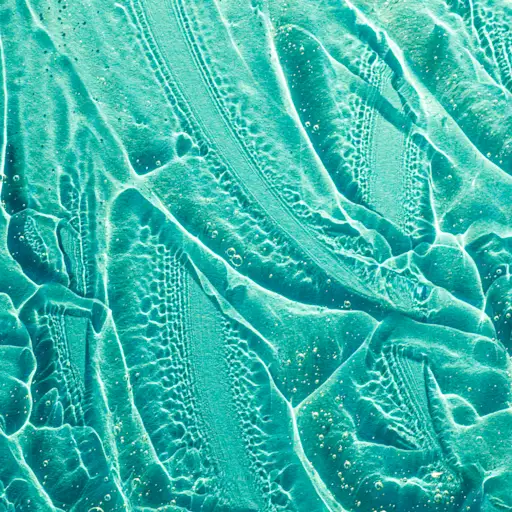
Dress Right
Hypertrophic scars, which are thick and raised, aren’t just visible marks on the skin. They can be itchy and downright painful, feeling like pins and needles. “Compression therapy silicone-based gels or sheets have been shown to decrease scar size, volume, pain, itching, and redness,” says Dr. Sodha. It’s a combination of the pressure on the scar and preventing moisture loss, which in turn alters the signals that turn on inflammation. You can also usehydrophilic foamoralginate dressings, which also apply pressure while keeping the scar moist.
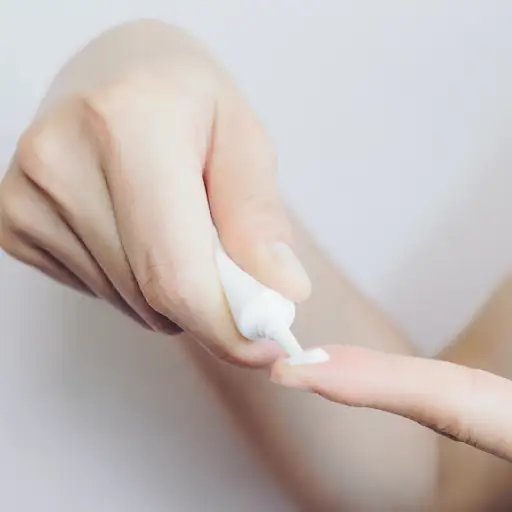
Lighten up
For dark, pigmented HS scars, topical treatments that contain lightening and brightening ingredients may fade the color, so the scars become less visible. These topical creams and serums might include ingredients such as hydroquinone, tranexamic acid, kojic acid, and vitamin C, says Dr. Sodha. Note: These are not quick fixes. Withconsistent use, you may see results around the three-month mark.
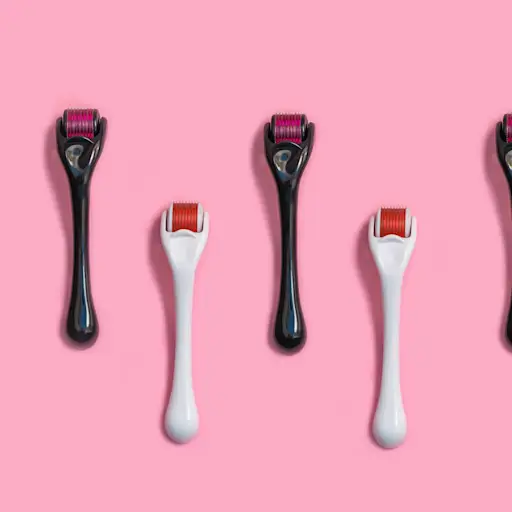
Retexture With Microneedling
海关办公室治疗还没有被研究过specifically, but microneedling has been shown to help with the appearance of scars. A roller device with fine needles makes microscopic punctures in the skin, stimulating new collagen growth, says Christopher Sayed, M.D., associate professor of dermatology at UNC School of Medicine in Chapel Hill, NC. You may even be able to try it yourself with an at-home microneedlingroller. “They’re low-tech and inexpensive, and studies do show they may help scars over time,” he says. “They wouldn’t help with those deeper tunnels scars but may have some benefit for flatter scars.”
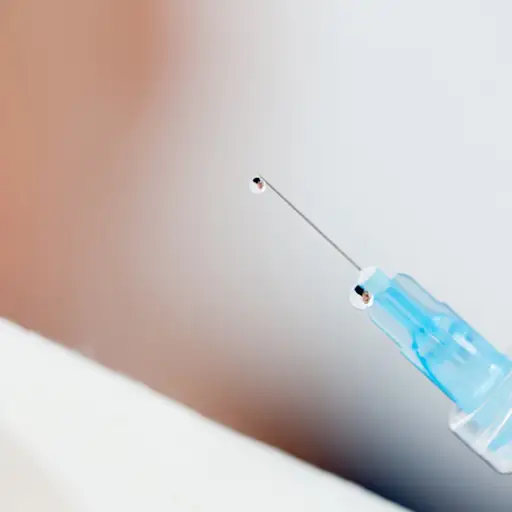
Get Scar-shrinking Injections
Another type of needling can help with thick, puffy HS scars: injection therapy at the doctor’s office of a chemotherapy agent called 5-fluorouracil along with a steroid. It’s a non-surgical way to help de-bulk those thick scars and stop them from enlarging. “The chemotherapeutic agent stops rapidly dividing cells, commonly seen in enlarging scars without some of the issues associated with just using a steroid alone, such as atrophy or lightening of the skin,” says Dr. Sodha.
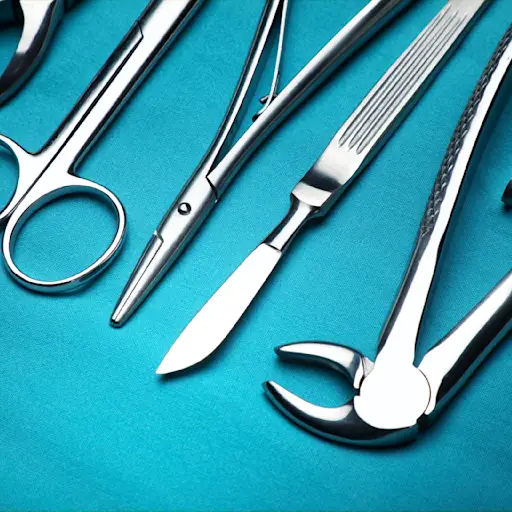
Surgically Remove Scars
When you’re dealing with severe HS scars—the kind caused by tunnels deep under the skin, resulting in bunching and ridges on skin’s surface—sometimes the best approach is a surgical one. “When you remove those tunnels and the bunching, you trade it for a neater, smoother surgical scar that can then be more easily treated,” says Dr. Sayed. This is an invasive approach, so it’s typically reserved for those severe scars causing issues with mobility, as well as constant feeling of tightness and pulling.

Zap HS Scars With Lasers
“Red, thick scars can be treated with a pulsed dye laser (PDL) followed by an ablative fractional laser to reset wound healing and improve texture overall,” says Dr. Sodha. A PDL laser targets redness, while the other resurfaces the top layer of skin, fading scars. A laser surgeon can also use certain ablative lasers to destroy sinus tracts, inflamed follicles, and all the scar tissue. There’s a longer recovery with this type of procedure (up to six months, according to theAmerican Academy of Dermatology), but HS recurrence rates are between zero and 30% at one year and beyond. These procedures may not be covered by insurance and cost start around $300 per treatment.
HS and Socioemotional Health:Journal of the American Academy of Dermatology. (2017). “Quality of life and psychosocial implication of Hidradenitis Suppurativa.”jaad.org/article/S0190-9622(17)31311-7/fulltext
HS and Delayed Diagnosis:Karger. (2020). “Delayed Diagnosis of Hidradenitis Suppurativa and Its Effect on Patients and Healthcare System.”karger.com/Article/Pdf/508787
HS Treatments:Journal of American Academy of Dermatology. (2019). “North American Clinical Management Guidelines for Hidradenitis Suppurativa: A Publication From the United States and Canadian Hidradenitis Suppurativa Foundations: Part I: Diagnosis, Evaluation, and the Complementary and Procedural Management.”pubmed.ncbi.nlm.nih.gov/30872156/
Microneedling for Scars:The Journal of Clinical and Aesthetic Dermatologist. (2015). “Microneedling Therapy for Atrophic Acne Scars.”ncbi.nlm.nih.gov/pmc/articles/PMC4509584/
Krista Bennett DeMaio has well over a decade of editorial experience. The former magazine-editor-turned-freelance writer regularly covers skincare, health, beauty, and lifestyle topics. Her work has appeared in national publications and websites includingOprah,Women’s Health,Redbook,Shape,Dr. Oz The Good Life, bhg.com, and prevention.com. She lives in Huntington, New York with her husband and three daughters.

